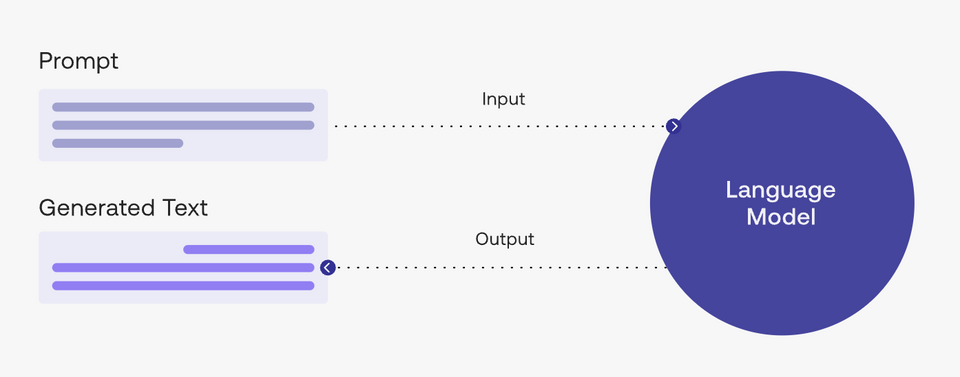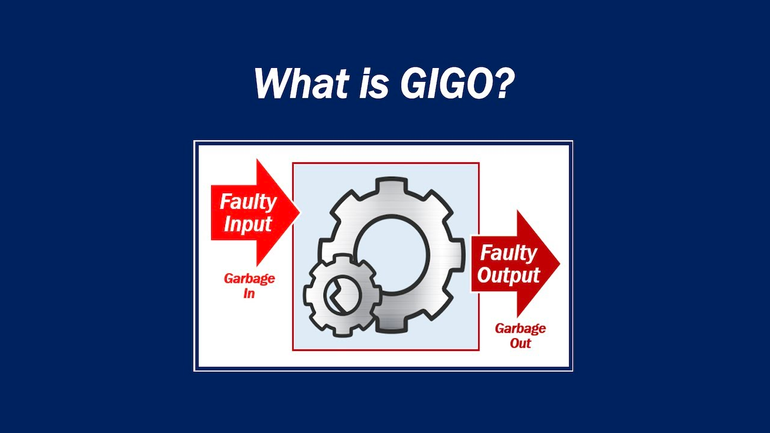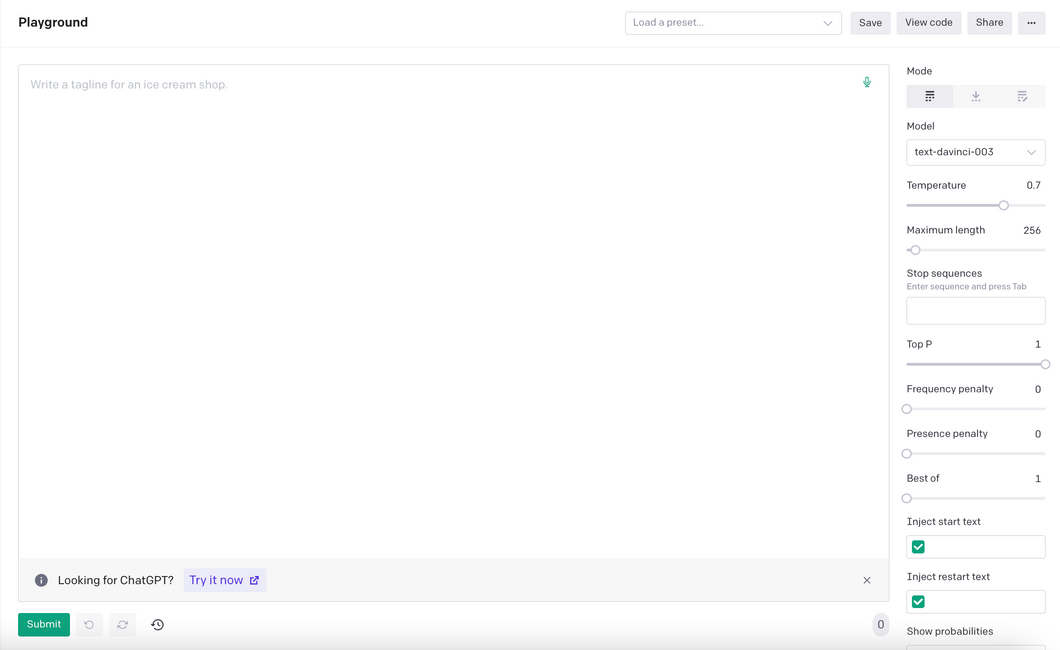Create unique test with ChatGPT
Search and store tool for Chat GPT Prompt
Create unique and engaging test with ChatGPT, a pre-trained language model by OpenAI for generating high-quality and accurate content. Whether you need to create assessment tests, personality quizzes, or surveys, ChatGPT can help you craft compelling and effective questions that will keep your audience engaged and informed. With its sophisticated machine learning algorithms and natural language processing capabilities, ChatGPT can help you create test content that is both informative and entertaining, ensuring that your audience keeps coming back for more. So why wait? Start using ChatGPT today to create captivating test content that will delight your users and drive engagement for your brand!
Using A/B Testing to Improve Website Performance
How can we use A/B testing to improve our website's performance?
Using A/B Testing to Improve Email Campaign Performance on Mobile Devices
How can I use A/B testing to improve the performance of my email campaigns on mobile devices?
The Impact of A/B Testing on the Overall Customer Experience with Emails
The impact of A/B testing on the overall customer experience with your emails.
Write Testimonials for Products or Services with ChatGPT

Act as a growth hacker and develop customer testimonials that showcase the success of products or services from real customers. {Testimonials}
Using A/B Testing to Determine the Optimal Send Time for Emails
How can I use A/B testing to determine the best send time for my emails?
Generate an Opinion About the Content of the Input Using the 'Customer Development Process' Framework

Using the 'Customer Development Process' framework, please write a marketing campaign outline that identifies and validates customer needs for our [product/service] and describes how you would build and test prototypes to meet those needs. Outline the steps you would take to iterate based on customer feedback and include specific tactics and metrics you would use to measure success.
The Benefits of Using A/B Testing to Optimize Email Sends
The benefits of using A/B testing to optimize the frequency of your email sends.
A/B Testing for Finding the Most Effective Email Call to Action
How can A/B testing be used to find my emails' most effective call to action?
Determining Appropriate Sample Size for Email A/B Tests
How can I determine the appropriate sample size for my email A/B test?
Using A/B Testing to Optimize Email Campaigns
How can I use A/B testing to optimize my email campaigns for different segments?
Create two Google Ads in an RSA format for an A/B Test for 'Your Product'
Create two Google Ads in an RSA format (using multiple headlines and descriptions) for an A/B test for "Your product".
Understanding A/B Testing for Email Segmentation Strategies
How can A/B testing be used to discover the optimal segmentation strategy for my emails?
How Can A/B Testing Be Used to Find the Optimum Email Layout and Design?
How can A/B testing be used to find the optimum email layout and design?
How Can A/B Testing Be Used to Find the Ideal Time to Send My Emails?
How can A/B testing be used to find the ideal time to send my emails?
A/B Testing for Optimal Email Subject Lines
How can A/B testing be used to get the optimal subject line for my emails?
Optimizing Email Delivery and Engagement with A/B Testing and Edge Computing/5G Technology
How can I use A/B testing to optimize my email's use of edge computing and 5G technology for faster delivery and better engagement?
Optimizing Email Voice and Chatbot Technology with A/B Testing
How can I use A/B testing to optimize my email's use of voice and chatbot technology?
Validating Hypotheses and Iterating Designs Using A/B Testing and Experimentation Techniques
How can I use A/B testing and other experimentation techniques to validate my hypotheses and iterate on my designs?
Generating an Opinion about the Content of the Input

Using the 'PASTOR' framework, write a marketing campaign outline that addresses the pain points of [ideal customer persona] and presents our [product/service] as the solution. Identify the [problem] they are facing, amplify the consequences of not solving it, tell a [story] related to the problem, include [testimonials] from happy customers, present our [offer], and request a response.
Using A/B Testing to Optimize Email Social Proof and User-Generated Content
How can I use A/B testing to optimize my email's use of social proof and user-generated content?
What is “prompt engineering”?
A “prompt” is the input that guides a generative AI model to generate useful outputs. Generative AI tools like ChatGPT, GPT, DALL·E 2, Stable Diffusion, Midjourney, etc. all require prompting as their input.

In a natural language processing (NLP) context, “prompt engineering” is the process of discovering inputs that yield desirable or useful results. As is the story with any processes, better inputs yield better outputs; or commonly said another way “garbage in, garbage out.”


Become a prompt researcher instead of engineer
- If you’re already a subject matter expert in something, consider figuring out how to apply your personal skills to generating the best prompts in your field
- For example, if you’re an expert in SEO, what questions do you ask yourself when creating SEO strategies? How can you translate this knowledge into better prompts to generate the same level of output with AI?
Become a prompt researcher instead of engineer
- The term prompt engineer glosses over the idea that prompt formulation takes hypothesizing, research, result measurement, and repetition. Instead, approach prompting like a research project.
- Try as many different variations and formulations of your prompt as possible. One problem can have hundreds of solutions and one solution can have hundreds of approaches. The same can be said of prompting.